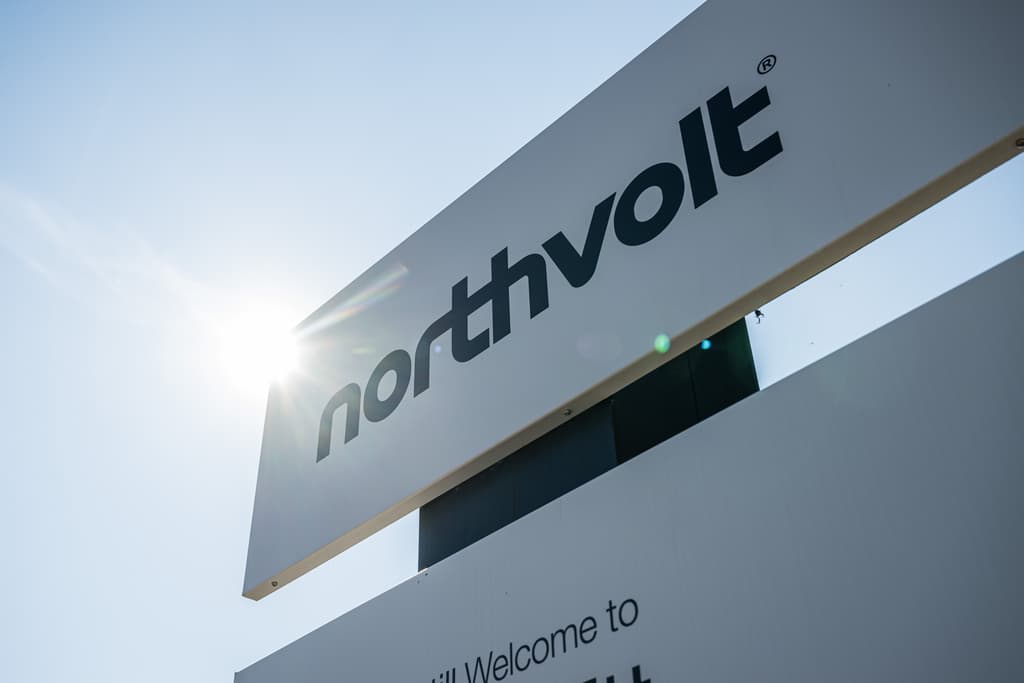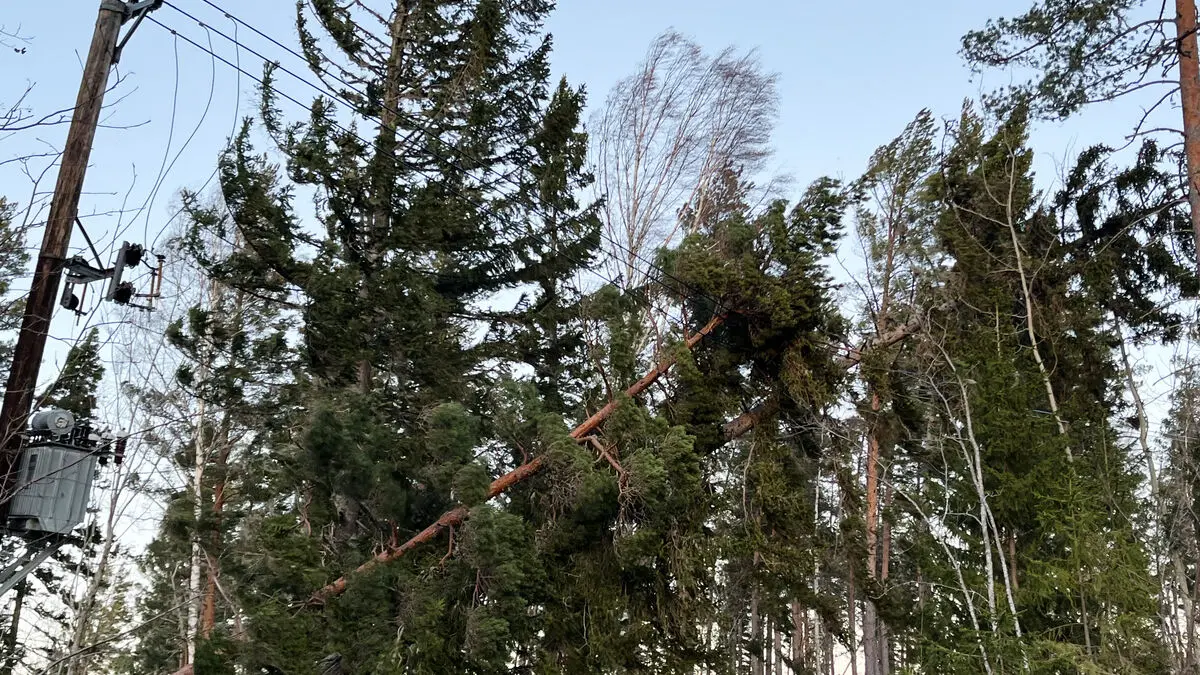When high levels of ammonia were measured in the premises, the company sent out an internal message instructing employees to continue working, even if the levels of ammonia were much higher than usual, according to Sveriges Radio's Ekot.
In the Teams message, it emerged that staff were expected to work up to 500 ppm before the premises were evacuated, according to the radio. Ammonia gas is hazardous at high levels, and therefore the Work Environment Authority has set a limit of a maximum of 50 ppm (millionths).
Risk Assessment
However, the authority's limit of 50 ppm applies to work without protective equipment. The limit set for work with protective equipment depends on what the equipment can handle.
It is the risk assessment that the employer must make with the help of the material provided by the manufacturers of protective equipment, says Ann-Louise Jonsson, expert in chemical work environment risks at the authority, to TT.
Internal Safety Margin
According to Northvolt's communications manager Matti Kataja, the company has a safety margin. Staff are not allowed to work if the value exceeds 300 ppm, despite the protective equipment being able to handle levels of 500 ppm.
Safety always comes first at Northvolt. If we cannot work safely, we do not work at all. We measured a maximum level of 155 ppm. Therefore, our employees could continue to work safely and securely, he says to TT.
The Work Environment Authority emphasizes, however, that personal protective equipment should be a last resort for the employer – but can be a temporary solution when trying to address the problem in other ways.





